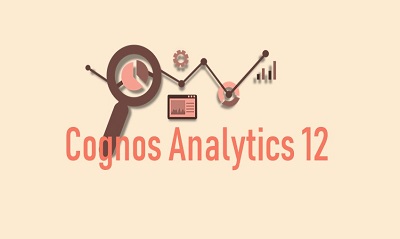Decision optimization is selecting the best choice out of all possible solutions for a dilemma. Sometimes, the comparison of the plans is so straightforward that a manual pick of the best solution can be done within seconds. More often, a complicated mathematical model is required to conquer the challenge. Typically, these models developed by operations research experts are hard to understand.
So how about a simple “one click” solution for your optimization problems? This video created by Cresco International is a great demonstration. A well-designed optimization model works as a backend black box and all the user needs to do is “one click” of the ‘Optimization’ button. Let’s explore an example of how this works:
- Project Description:
In the given example, our shopping center has 10 available stores it needs to fill for its grand opening. In the “Store Info” table, we have the areas of our available stores. Now we take a look at potential retailers in the “Retail Info” table, where 20 retailers list their store size requirements (giving a range they’d accept with a minimum and maximum size) as well as the amount they’re willing to pay for rent (per square foot). Our dilemma is how to allocate these 10 available stores so that we get the highest rental income possible?
To demonstrate how complicated this is to solve manually, consider that the number of possible solutions could be as large as the product of 20C10 = 20! / 10! * (20 – 10)! Imagine having to check out 670,442,572,800 potential solutions. An optimization model is clearly needed here.
- Optimization Model Build
To prevent this blog becoming Operations Research 101, we will only use rules and objects to describe this model.
- Rule 1: One store can be at most assigned to one retailer.
- Rule 2: One retailer can at most have one store.
- Rule 3: The assigned store area must satisfy the requirement of the assigned retailer.
- Object: The total sum of the products of the rent rate and the area size.
The beauty of the model is the capability of handling different sizes of the input and output data.
- The dashboard and the connector
Now we have the optimization model built in hand. The dashboard tool is IBM Cognos TM1 Web, as the video shows. We present the input data tables, output data table, optimization button and problem description all in one page.
Thanks to the Cresco connector, all the input data is interactive. With the different input data (changed within the dashboard), the new input data is stored, and the optimized output will be presented. All this takes is one simple click of the optimization button.
Isn’t that compelling? Please contact Cresco International for a customized demo of your firm’s optimization problems at 1-844-6-CRESCO or info@crescointl.com











